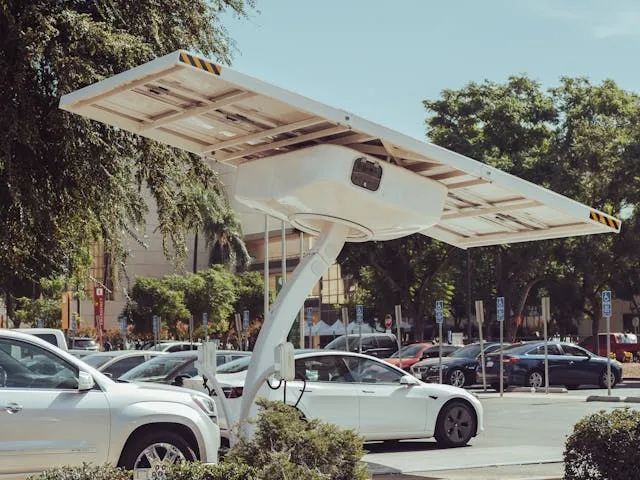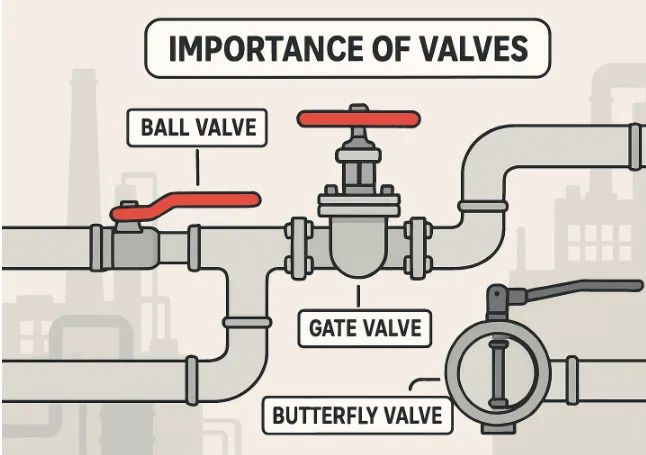Integrating EV Chargers with Solar and Home Energy Systems
Introduction
The shift toward electric vehicles (EVs) fundamentally transforms how homeowners view their energy consumption and their role in promoting sustainability. As more households adopt EVs as their primary or secondary vehicles, there is an increasing focus on how to meet the growing demand for residential charging in the most efficient and environmentally conscious way. Installing an EV charger that leverages solar power reduces reliance on fossil fuels and the conventional power grid, delivers substantial cost savings, and empowers homeowners with greater energy independence. For those considering installation, choosing professionals for Matthews, NC EV charging station installation by licensed electricians guarantees a seamless and code-compliant setup, critical to optimal performance and enhanced safety for the household.
Also Read: How Organizing Kids’ Toys Boosts Household Efficiency
This innovative approach does more than support a green lifestyle; it equips homeowners with the ability to control their energy use in response to rising utility costs and evolving regulations. Integrating EV charging with home solar solutions also directly contributes to decarbonizing transportation and household energy, a critical dual objective as governments and communities work to address the pressing challenges of climate change.
Benefits of Integrating EV Chargers with Solar Energy
- Cost Savings: Charging an EV with electricity produced directly from solar panels can significantly reduce monthly utility bills. By utilizing energy generated onsite rather than relying solely on energy purchased from the electric grid, homeowners gain greater financial control and benefit from lower operating expenses over time. The long-term savings are especially pronounced for families with higher mileage or multiple electric vehicles in the driveway.
- Environmental Impact: Charging an electric car with solar-powered rather than grid-supplied power vastly reduces overall carbon emissions. This method eliminates the tailpipe emissions from gasoline vehicles and the emissions associated with conventional grid energy, making it one of the most environmentally responsible ways to power vehicles and homes. The difference in carbon footprint can be dramatic, especially in areas where the grid relies heavily on coal or natural gas.
- Energy Independence: Generating and using solar electricity on-site insulates homeowners from the risk of electricity price spikes, power outages, and potential energy shortages caused by high demand or adverse weather conditions. With the right system, families can keep essentials running and continue charging their EVs, even during grid disruptions.
By strategically integrating these technologies, households are better protected from future increases in grid electricity costs and play an active role in the shift toward using cleaner, renewable energy sources. Generating, storing, and using power on-site is a hallmark of a modern, resilient home.
Key Components of an Integrated System
- Solar Panels: Installed as either roof-mounted units or ground arrays, solar panels are designed to maximize sun exposure and efficiently convert sunlight into usable electricity. This clean energy can simultaneously power household needs and charge electric vehicles, seamlessly replacing grid-supplied electricity for much of the day.
- Inverter: A vital component that transforms the direct current (DC) generated by solar panels into alternating current (AC), which is necessary for most household appliances and compatible with standard EV chargers. Modern inverters may offer smart features like rapid shutdown, enhanced safety, and real-time system monitoring.
- EV Charger: These devices safely deliver electricity at the correct voltage and amperage for EV batteries, ensuring efficient charging while helping to extend battery life and optimize charging schedules per daily usage patterns.
- Energy Management System: The “brain” of an integrated energy setup, this smart system continually monitors, balances, and routes power where it’s needed most— whether to the home, an EV, or battery storage. Advanced solutions ensure electricity is consumed or stored at the most advantageous times, factoring in real-time production, household demand, and local utility rates.
Properly linking these key components guarantees smooth, efficient operation of the entire system. Professional design and installation ensure that each element communicates effectively with the others, maximizing energy savings and providing long-term reliability for the household.
Technological Advancements
Remarkable technological advances have made the rapid integration of solar power and EV charging possible. Today’s sophisticated home energy management systems offer real-time energy usage monitoring, intuitive mobile apps, and automation features that enable homeowners to shift charging to periods of peak sunlight or when grid rates are at their lowest. This precision ensures EV owners get the most out of their renewable system, often with minimal manual oversight.
Companies are pioneering solutions that combine solar generation, energy storage, and intelligent EV charging as part of unified home systems. With these integrated packages, installation is streamlined, system sizing is optimized, and coordination between solar, storage, and charging becomes effortless. This holistic approach not only increases convenience but can boost total home efficiency and the property’s overall value.
Financial Incentives
One of the most effective ways to reduce the upfront cost of integrating solar panels, battery storage, and EV chargers is to take advantage of available financial incentives. There are several federal, state, and local programs designed to make the transition to green technologies more affordable for homeowners:
Federal Tax Credits: The Federal Investment Tax Credit (ITC) remains a powerful financial motivator. It allows homeowners to claim a significant portion of installation costs for solar and related systems as a direct reduction of their income tax burden. A similar credit often applies to EV charger installation, further easing the financial transition.
State and Local Programs: Across the U.S., many state governments, utilities, and municipalities offer further financial incentives, such as direct rebates, performance-based incentives, and low-interest financing, to encourage the adoption of residential solar and EV infrastructure.
To get the most value from these programs, homeowners should conduct diligent research or consult local professional installers knowledgeable about current incentives and eligibility requirements. Leveraging a combination of incentives can bring high-tech clean energy within reach for many families.
Challenges and Considerations
- Upfront Costs: While the potential for long-term savings is considerable, the initial combined investment for solar panels, energy storage, and an EV charger can be significant. However, generous rebates and tax incentives can substantially offset out-of-pocket expenses for most homeowners, making these systems more accessible.
- System Compatibility: It is crucial to choose products designed to work together and ensure they comply with all local building codes and utility requirements to prevent safety risks and avoid costly integration issues down the road.
- Energy Storage: Integrating a battery storage system provides additional flexibility and energy security for homeowners aiming to charge EVs overnight or during cloudy periods. While this adds complexity and expense, batteries are becoming more efficient and affordable, and the increased autonomy may be worthwhile, especially for areas with frequent outages or time-of-use electricity pricing.
Thoughtful planning is key—take time to assess your household’s power needs, the solar potential at your location, and the compatibility of your electrical infrastructure.
Final Thoughts
Integrating EV chargers with solar and home energy systems represents a practical, environmentally impactful, and future-ready solution for maximizing cost savings, promoting sustainability, and taking charge of household energy use. With ongoing improvements in technology, a rise in incentive programs, and growing public awareness, homeowners today have more support and more effective tools than ever before to lower their environmental impact and prepare for the evolution of transportation. You can join the movement toward a greener, more resilient, and more self-sufficient home by consulting licensed professionals and seizing available financial rewards.







